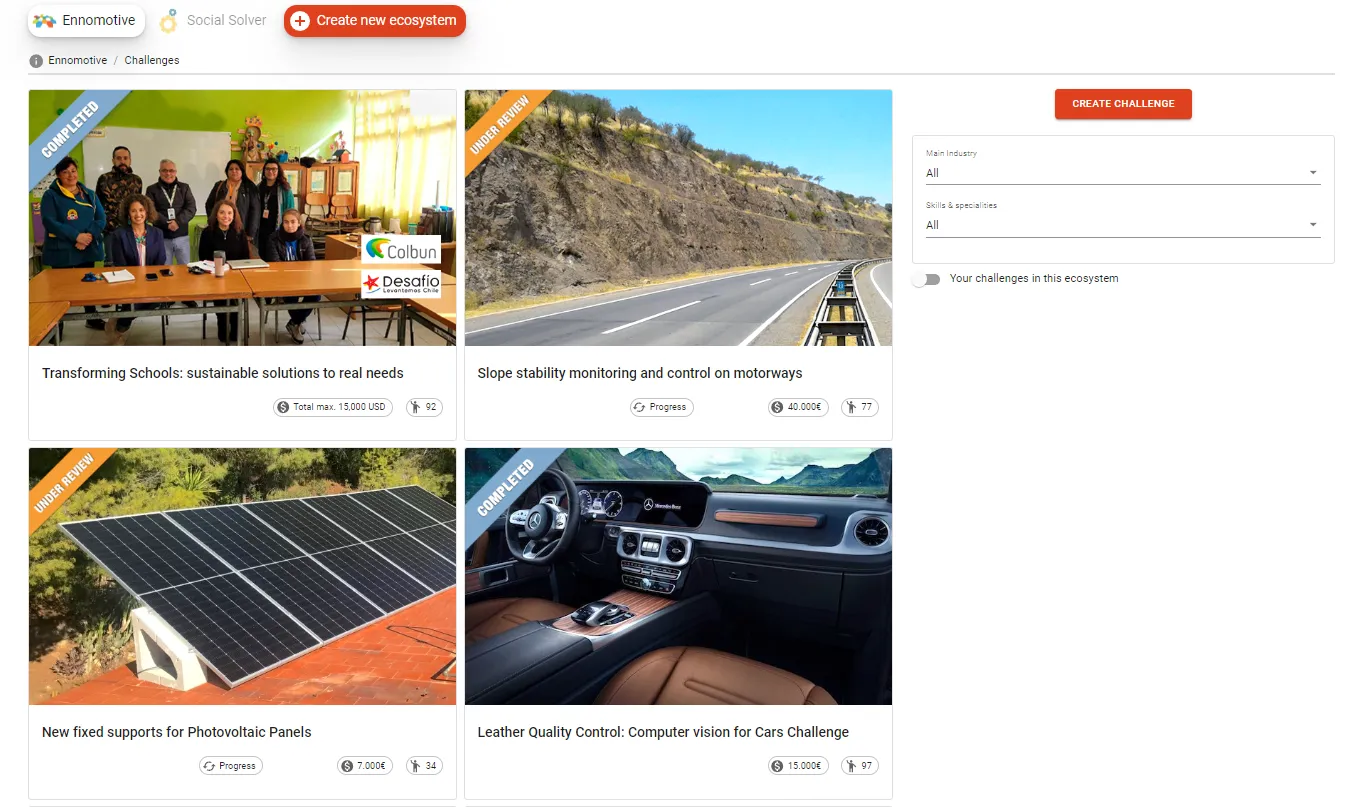Background:
Since 2007, the ICAI Engineers for Development Foundation (Fundación de Ingenieros de ICAI para el Desarrollo, http://www.fundacionicai.org/) has been working to help the most vulnerable communities by offering its volunteers and their engineering capabilities. One of its main cooperation goals is the access to drinkable water, hence the nature of the following challenge.
The challenge branches out of the project that is being carried out in the Amazonian community of Villa Gonzalo, located north of the Amazon department and next to the Santiago River, in Peru. It is a village of 850 individuals organized in 150 families of the Wampis culture, a folk that has always lived in the Peruvian rainforest.
The challenge:
The community has many needs, and an alarming situation has been been detected in the access to drinkable water, since people from this community drinks water polluted with fecal bacteria. Despite the fact that water is abundant in the many rivers and streams, all the sources are polluted and are far from fit for human consumption.
After speaking to the local authorities and the board of directors of the community, some surveys have been passed around the families and one simple, quick, low-cost and agreed-on solution has been proposed: rainwater collection.
For this purpose, 16 public fountains will be scattered around the community and each of them will supply 9-10 families. These systems have a collecting metallic surface and a polyethylene tank on a flat base on the ground.
For more information, like a detailed structure and tank design, Villa Gonzalo plans and pictures, take a look at the annexes.
Characteristics:
• 16 collecting and supply installations that supply 50 people each.
• Supply of 4-6 litres per person a day.
• See annex for the structure design and a picture of the system.
Besides the collecting installations and the storage, there is another key point for the project: water supply management.
What the client is looking for:
The goal of this challenge is to find a system that restricts the available water for each family. The solution must not include the use of electricity, it must be robust, easy to maintain and low-cost.
This system must be planned for each tank individually, since the installations will be located in different spots within the community.
The implementation plan and logistics of the proposed solution will be taken into account.
The risk of the equippment being stolen is very low because this is a very united and isolated community.
Evaluation criteria:
• Feasible system and adapted to the project environment
• Lowest possible cost.
• Easy to acquire and simple logistics.
• Easy use and implementation.
• Lowest possible need for maintenance.
This is a tournament with the following submissions:
A PDF document including:
• Brief technical description of the proposed system and how it works.
• Detailed specification (drawings, materials…).
• Execution & operational plan.
• Investment cost.
In addition, you can add attached document to support your solution.
Timeline:
1 round – 6 weeks + 2 weeks for evaluation.



